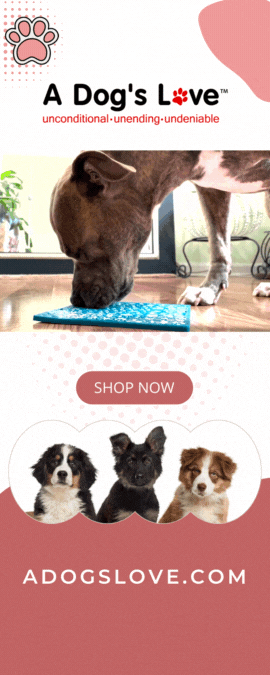Like humans, dogs can be allergic to several different foods. This can result in a variety of symptoms that affect different parts of the body.
Roughly 1 in 10 dogs with allergies experience food allergies. If you believe your dog is among them, consult your regular veterinarian. He/she will be able to diagnose the issue and find the appropriate treatment method. Till then, here’s what you should know about food allergies in dogs:
What Symptoms Should I Look Out For?
Note that some of the symptoms of food allergies in dogs can also be a result of other conditions. With that being said, the most common symptoms include:
- Rashes or skin infections
- Hives
- Ear infections
- Diarrhea and gas
- Gastrointestinal issues
- Vomiting
- Excessive head shaking and toe licking
What Causes Food Allergies?
Food allergies in dogs are widely believed to be genetic. In other words, affected dogs inherited an altered gene from one or both birth parents which caused them to develop this condition. As a result, the dog’s immune system will go into offense mode when a particular protein is introduced to his/her body. Some of these proteins include dairy, beef, chicken, wheat, and eggs.
How Are Food Allergies Treated?
The first thing the veterinarian will do is rule out any other conditions by doing a wide range of tests. Next, the offensive protein is identified through a process of elimination by introducing new foods, omitting old ones, and tweaking the diet accordingly until the culprit is identified. This is a lengthy process but once completed, the best course of action is to exclude the culprit from the diet altogether.
How has your dog responded to treatment for food allergies? Was the process tedious? Share your thoughts in the comments below.


